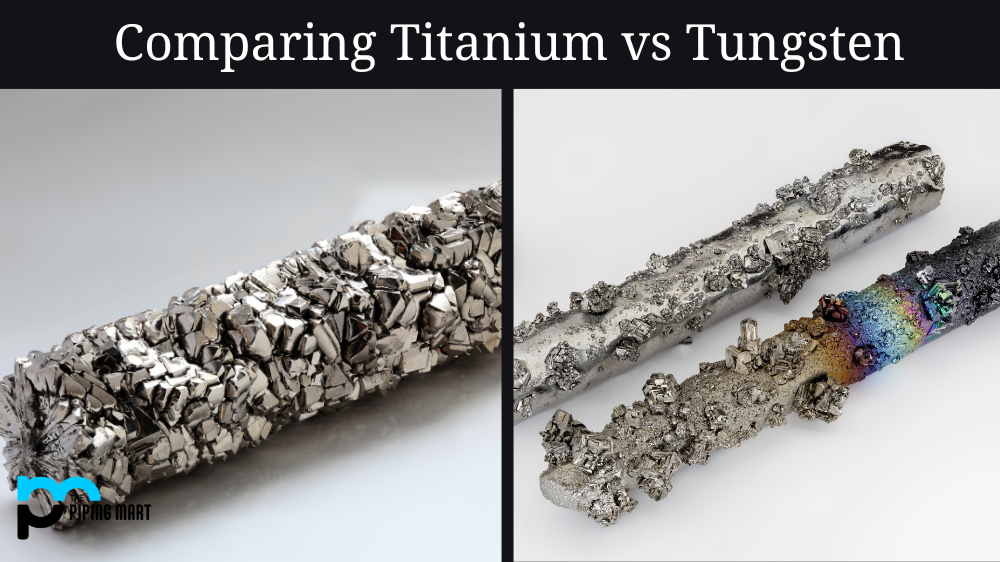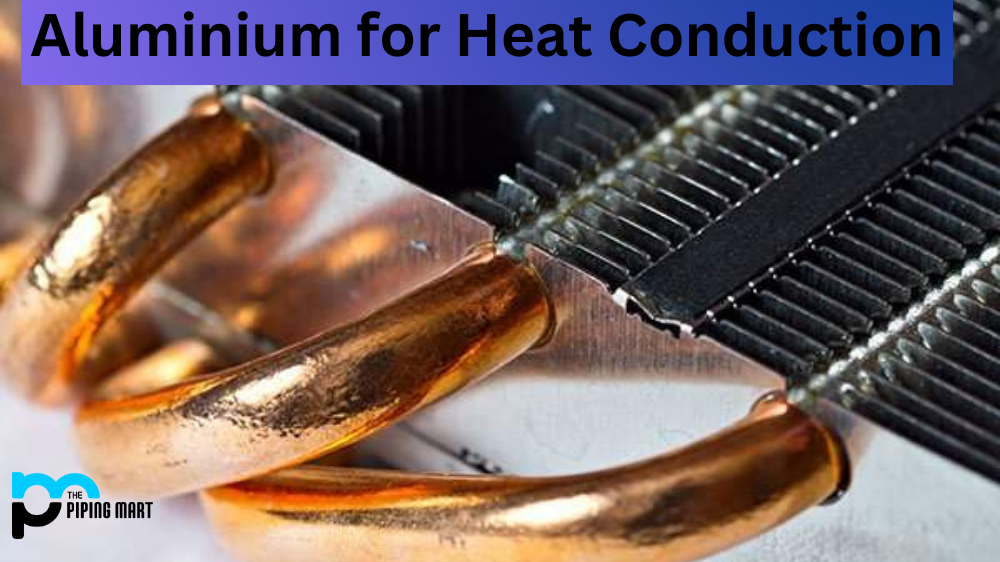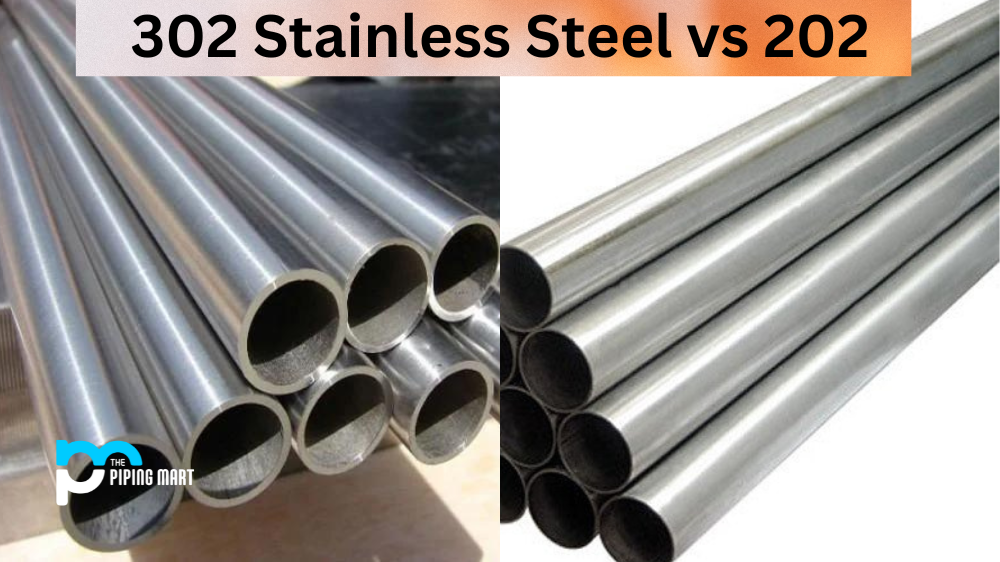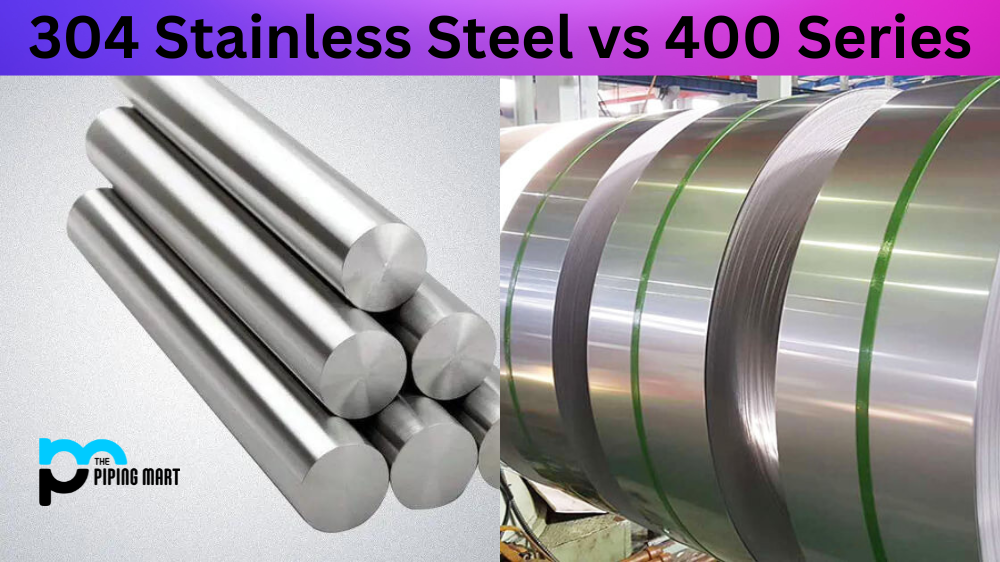We all know titanium and tungsten are two of the most durable metals out there, but when comparing them side-by-side, which one is better? Let’s take a closer look at both materials and explore what differentiates them.
Titanium vs. Tungsten
Titanium and tungsten are both heavy metals with very strong properties. They are often used in applications where strength and durability are essential, such as aircraft components, jewelry, medical devices, tools, and more. But when comparing titanium vs. tungsten, there are some key differences.
Titanium is known for its low density and high strength-to-weight ratio. It is lightweight yet still incredibly strong and corrosion-resistant. It is also known for its biocompatibility—meaning it won’t cause an allergic reaction when worn as jewelry or implanted in the body as a medical device—and is nonmagnetic. Titanium has a low thermal conductivity (meaning it doesn’t quickly transfer heat), making it ideal for aerospace applications.
In comparison, tungsten is known for its extreme hardness—which makes it ideal for cutting tools—and its high melting point (the highest metal). Tungsten also has a higher density than titanium, so its weight-to-strength ratio isn’t quite as good as titanium’s; however, it has a higher electrical conductivity than many other metals (including titanium). Because of these properties, tungsten is often used in industrial applications such as welding tools, drill bits, and electrodes.
Difference Between Titanium and Tungsten
Titanium and tungsten are two greatly different materials, both in terms of composition and physical structure. Titanium is a lightweight, resistant metal usually used for feature-rich components like aircraft frames and surgical implants. Tungsten, on the other hand, is a much denser material – almost twice as dense as steel – that excels in abrasive environments such as cutting tools. Heat resistance is also more important to tungsten than to titanium, making it more suitable for industrial processes that require heat resistance. Despite their differences, both titanium and tungsten are strong and durable metals often used to construct products that need to stand up against strain and wear over time.
- Titanium is a stronger metal than tungsten.
- Titanium is lighter than tungsten, making it more comfortable to wear.
- Titanium is more scratch resistant than tungsten.
- Titanium is more corrosion-resistant than tungsten.
- Titanium is more hypoallergenic than tungsten.
- Titanium rings can be resized, while tungsten rings cannot.
- Titanium rings are less likely to shatter than tungsten rings.
- Titanium rings have a brighter finish than tungsten rings
Conclusion:
When comparing titanium vs. tungsten for your application or project needs, you need to consider each metal’s properties carefully before deciding which one to use. Titanium is lightweight yet strong with excellent corrosion resistance, while tungsten offers extreme hardness, a high melting point, and good electrical conductivity. Both metals provide unique benefits depending on your need, so do your research before deciding on one over the other!

Abhishek is a seasoned blogger and industry expert, sharing his insights and knowledge on various topics. With his research, Abhishek offers valuable insights and tips for professionals and enthusiasts. Follow him for expert advice on the latest trends and developments in the metal industry.




